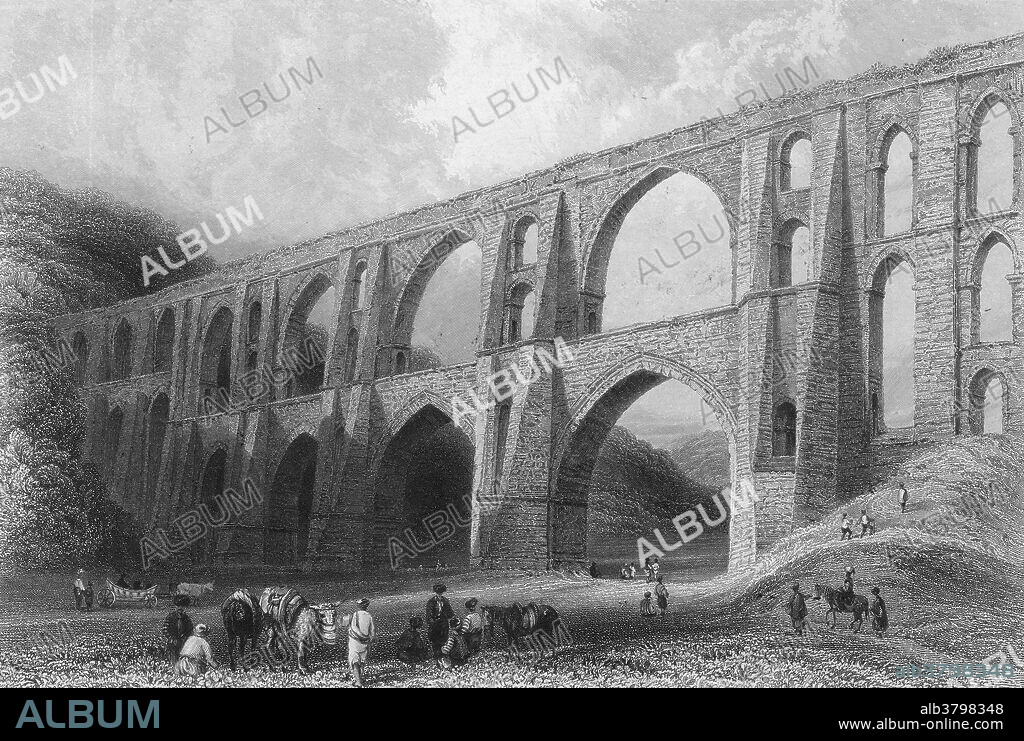alb3798348
Aqueduct of the Emperor Valens

|
Zu einem anderen Lightbox hinzufügen |
|
Zu einem anderen Lightbox hinzufügen |



Haben Sie bereits ein Konto? Anmelden
Sie haben kein Konto? Registrieren
Dieses Bild kaufen

Titel:
Aqueduct of the Emperor Valens
Untertitel:
Siehe automatische Übersetzung
The Valens Aqueduct is a Roman aqueduct which was the major water providing system of the Eastern Roman capital of Constantinople (modern Istanbul, Turkey). The exact date that construction on the aqueduct began is uncertain, but it was completed in the year 368 during the reign of Roman Emperor Valens, whose name it bears. The Romans constructed numerous aqueducts to bring water from distant sources into their cities and towns, supplying public baths, latrines, fountains and private households. Waste water was removed by complex sewage systems and released into nearby bodies of water, keeping the towns clean and free from effluent. Some aqueducts also provided water for mining operations and the milling of grain. Aqueducts moved water through gravity alone, being constructed along a slight downward gradient within conduits of stone, brick or concrete. Where valleys or lowlands intervened, the conduit was carried on bridgework, or its contents fed into high-pressure lead, ceramic or stone pipes and siphoned across. Most Roman aqueducts proved reliable, and durable; some were maintained into the early modern era, and a few are still partly in use.
Bildnachweis:
Album / Science Source / New York Public Library
Freigaben (Releases):
Model: Nein - Eigentum: Nein
Rechtefragen?
Rechtefragen?
Bildgröße:
3177 x 2133 px | 19.4 MB
Druckgröße:
26.9 x 18.1 cm | 10.6 x 7.1 in (300 dpi)
Schlüsselwörter:
 Pinterest
Pinterest Twitter
Twitter Facebook
Facebook Link kopieren
Link kopieren Email
Email
